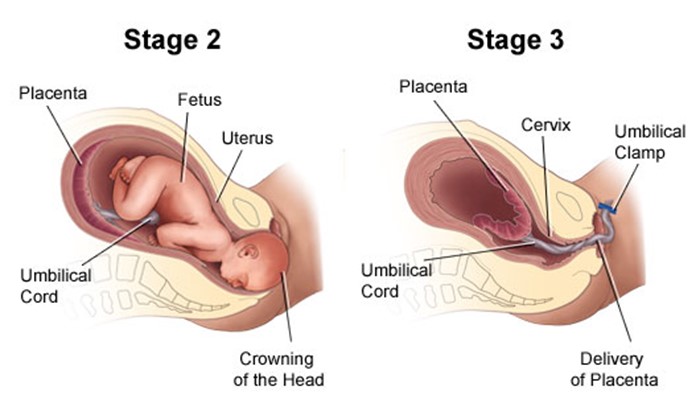The nurse is providing education to a client who experiences recurrent levels of moderate anxiety to situations and perceived stress. In addition to information about prescribed medication and administration, which instruction should the nurse include in the teaching?
Center attention on positive upbeat music.
Find outlets for more social interaction.
Practice using muscle relaxation techniques.
Think about reasons the episodes occur.
The Correct Answer is C
Choice A: Centering attention on positive upbeat music is not a specific instruction for the nurse to include, as this is a general coping strategy that may or may not be helpful for this client. This is a distractor choice.
Choice B: Finding outlets for more social interaction is not a relevant instruction for the nurse to include, as this may not address the underlying causes of anxiety or stress for this client. This is another distractor choice.
Choice C: Practicing using muscle relaxation techniques is an appropriate instruction for the nurse to include, as this can help reduce physical tension and promote calmness and relaxation for this client. Therefore, this is the correct choice.
Choice D: Thinking about reasons the episodes occur is not a helpful instruction for the nurse to include, as this can increase rumination and anxiety for this client. This is another distractor choice.
Nursing Test Bank
Naxlex Comprehensive Predictor Exams
Related Questions
Correct Answer is B,A,C,D
Explanation
The correct order is:
- Note date and time of the behavior.
- Discuss the issue privately with the UAP.
- Plan for scheduled break times.
- Evaluate the UAP for signs of improvement.
Here are the reasons for this order:
- Note date and time of the behavior. This should be done first, as it can provide objective evidence of the UAP's behavior and its impact on patient care and staff workload. The unit manager should document any incidents or complaints related to the UAP's behavior in a factual manner.
- Discuss the issue privately with the UAP. This should be done second, as it can provide an opportunity for feedback and clarification. The unit manager should use a respectful and professional tone, and explain how the UAP's behavior affects patient safety and staff morale. The unit manager should also listen to any concerns or challenges that the UAP may have, and offer support or guidance as needed.
- Plan for scheduled break times. This should be done third, as it can provide a solution or prevention strategy for future occurrences. The unit manager should work with the UAP and other staff members to ensure that there are adequate breaks and coverage for patient care. The unit manager should also review any policies or procedures related to break times and staff attendance.
- Evaluate the UAP for signs of improvement. This should be done last, as it can provide a measure of effectiveness and accountability. The unit manager should monitor and document any changes in the UAP's behavior, performance, or attitude. The unit manager should also provide positive reinforcement or corrective action as appropriate.
Correct Answer is C
Explanation
Choice A reason: Providing pain medication to increase the client's tolerance of labor pains is not a specific intervention for the second stage of labor. Pain medication is a drug that relieves pain by blocking pain signals or reducing inflammation. Pain medication can be given during any stage of labor, depending on the client's preference and condition. However, pain medication may have side effects such as sedation, nausea, or respiratory depression, and may affect the fetal heart rate or the progress of labor.
Choice B reason: Assessing the fetal heart rate and pattern for signs of fetal distress is not a particular intervention for the second stage of labor. Fetal heart rate and pattern are indicators of fetal well-being and oxygenation. Fetal heart rate and pattern should be monitored throughout labor, especially during contractions, to detect any abnormalities or complications such as bradycardia, tachycardia, or decelerations.
Choice D reason: Monitoring effects of oxytocin administration to help achieve cervical dilation is not a relevant intervention for the second stage of labor. Oxytocin is a hormone that stimulates uterine contractions and cervical dilation. Oxytocin can be administered during labor to augment or induce labor, especially if there is prolonged or dysfunctional labor. However, oxytocin is not needed in the second stage of labor, when the cervix is already fully dilated and the focus is on pushing and delivering the baby.

Whether you are a student looking to ace your exams or a practicing nurse seeking to enhance your expertise , our nursing education contents will empower you with the confidence and competence to make a difference in the lives of patients and become a respected leader in the healthcare field.
Visit Naxlex, invest in your future and unlock endless possibilities with our unparalleled nursing education contents today
Report Wrong Answer on the Current Question
Do you disagree with the answer? If yes, what is your expected answer? Explain.
Kindly be descriptive with the issue you are facing.
